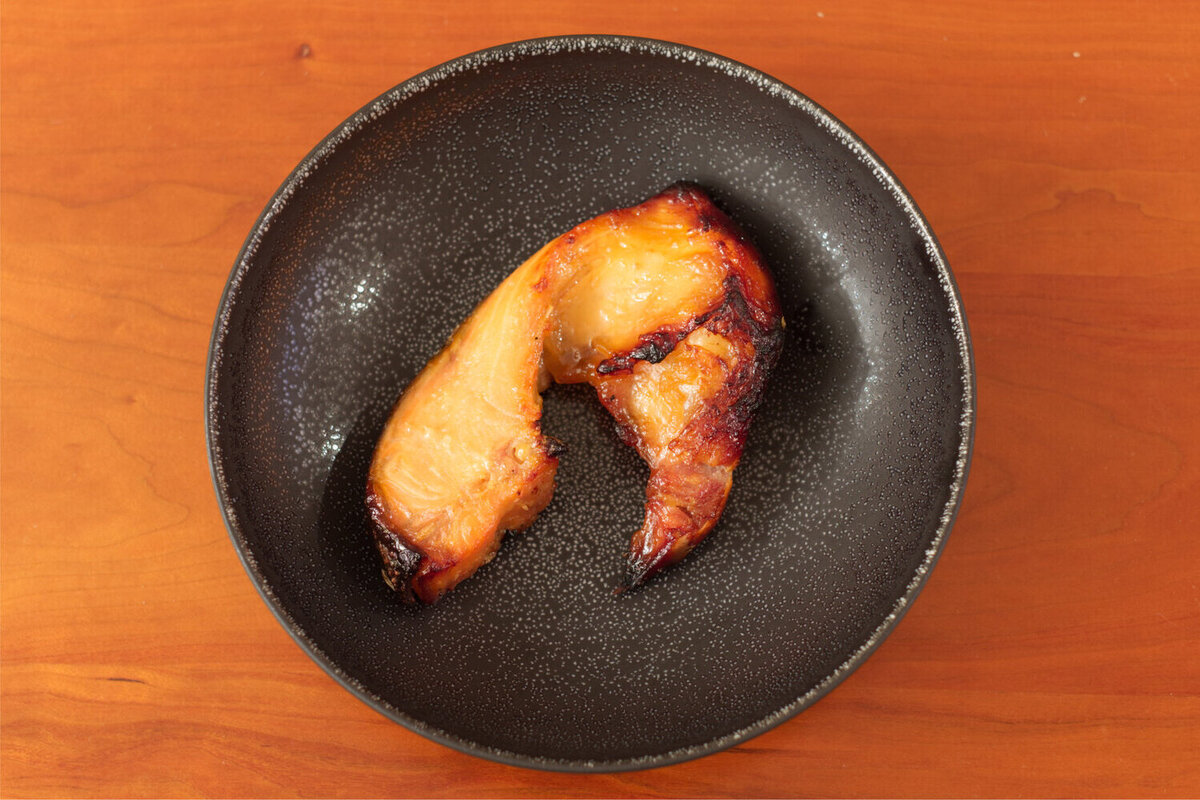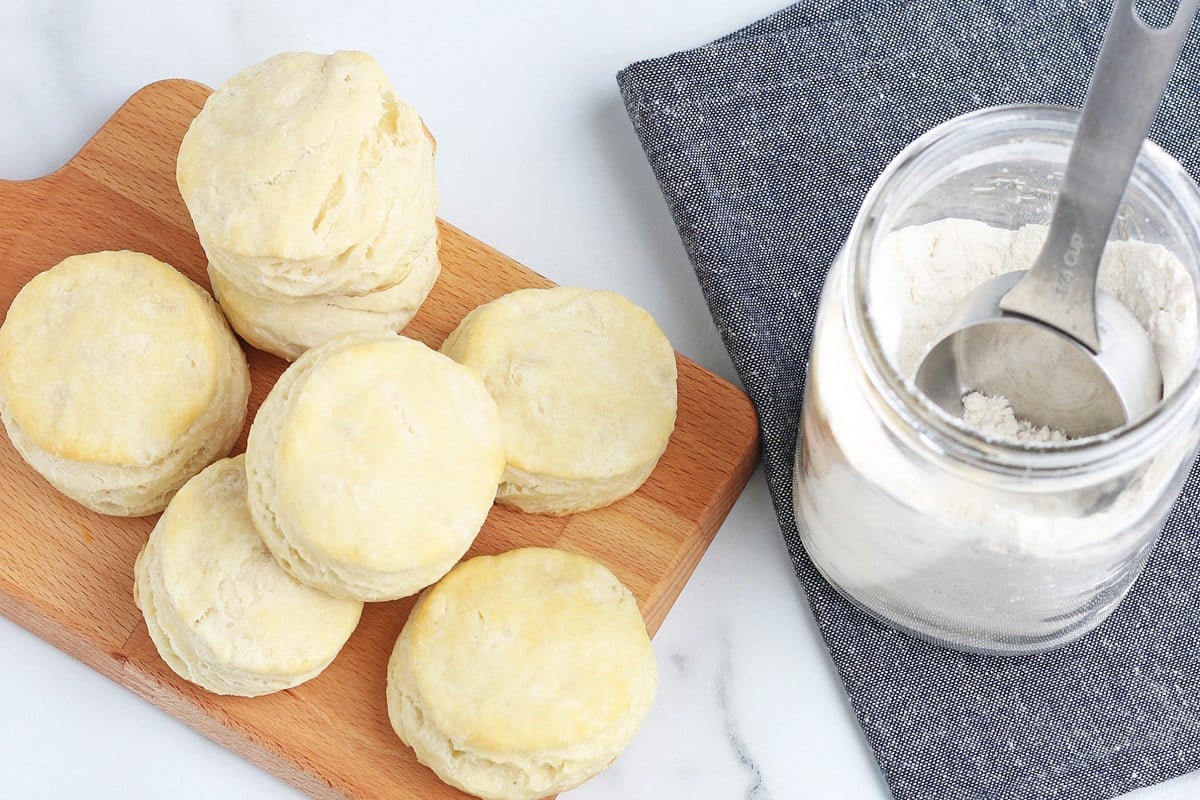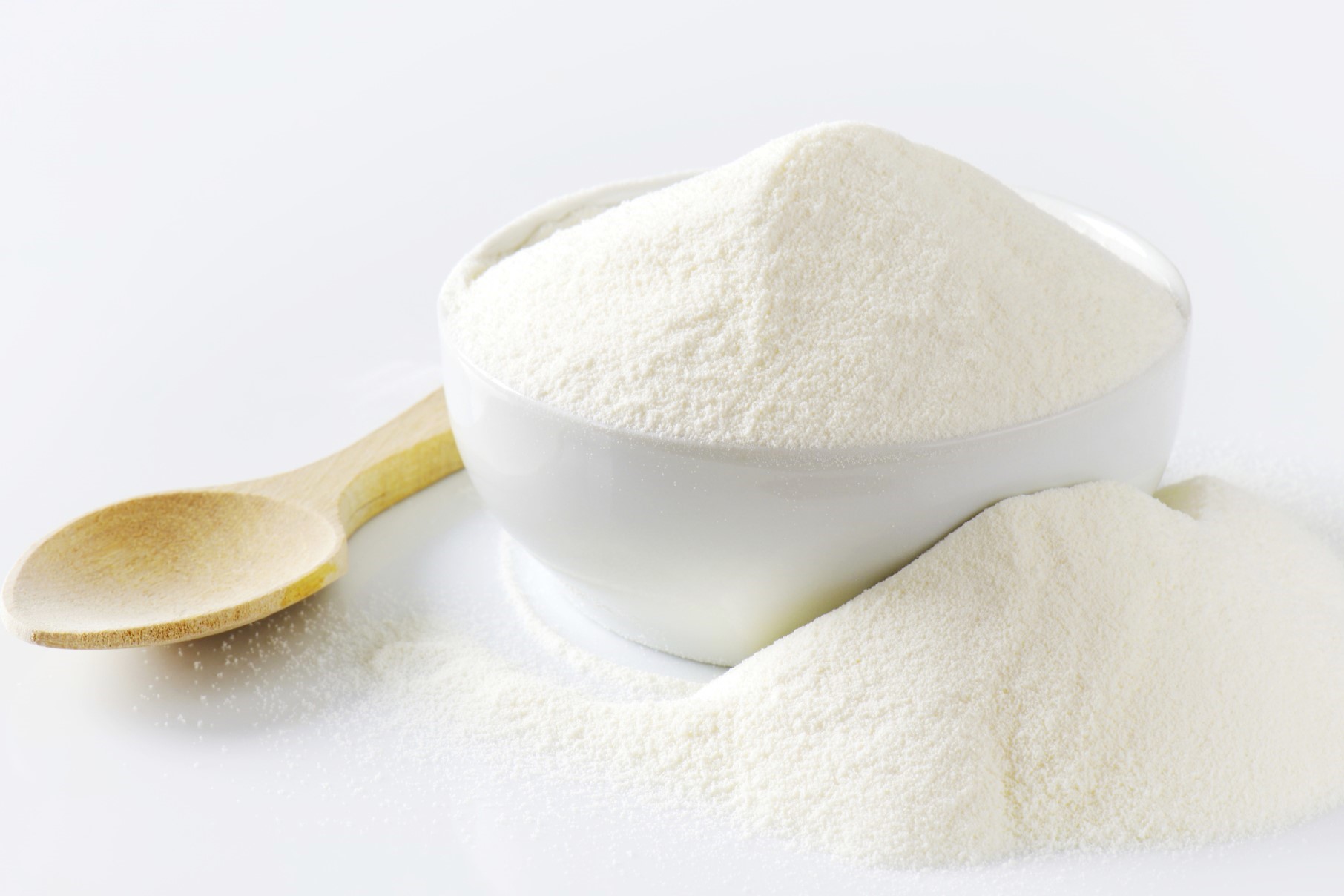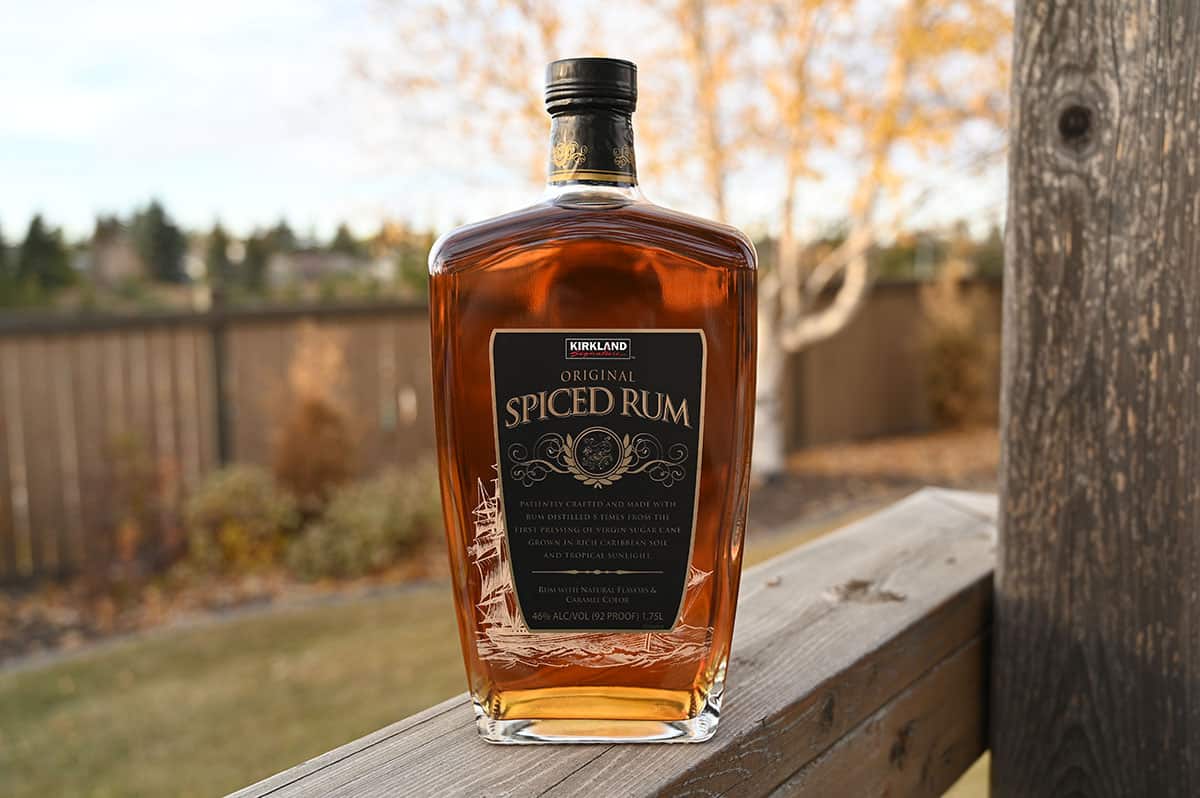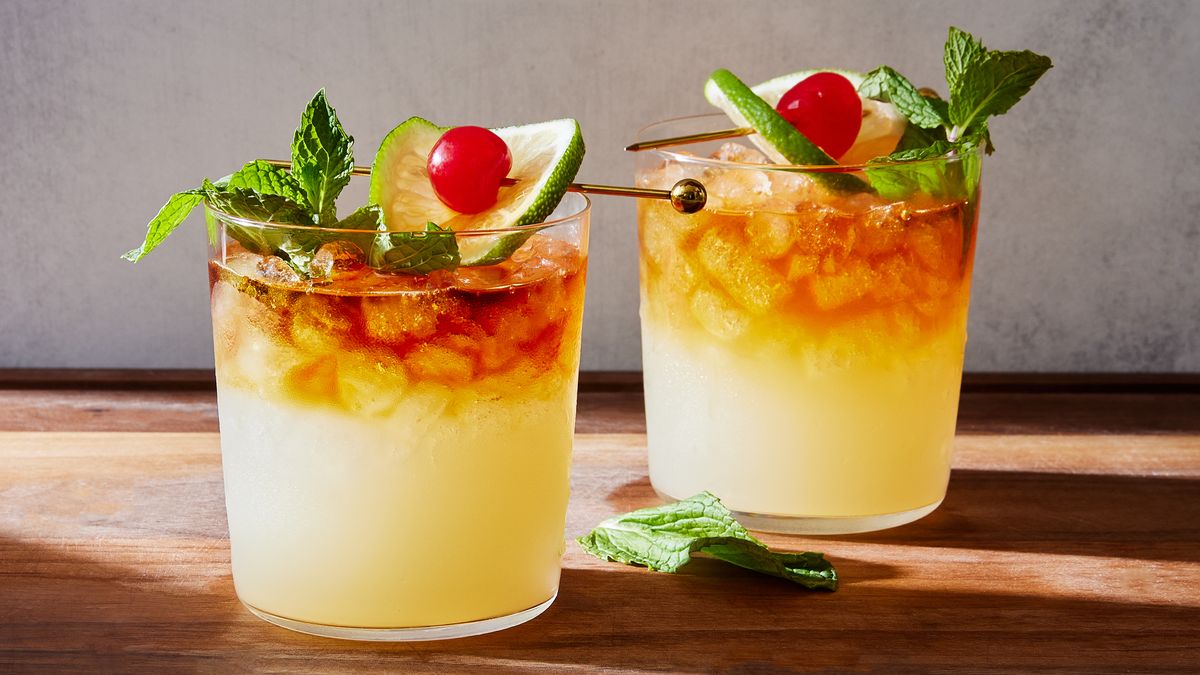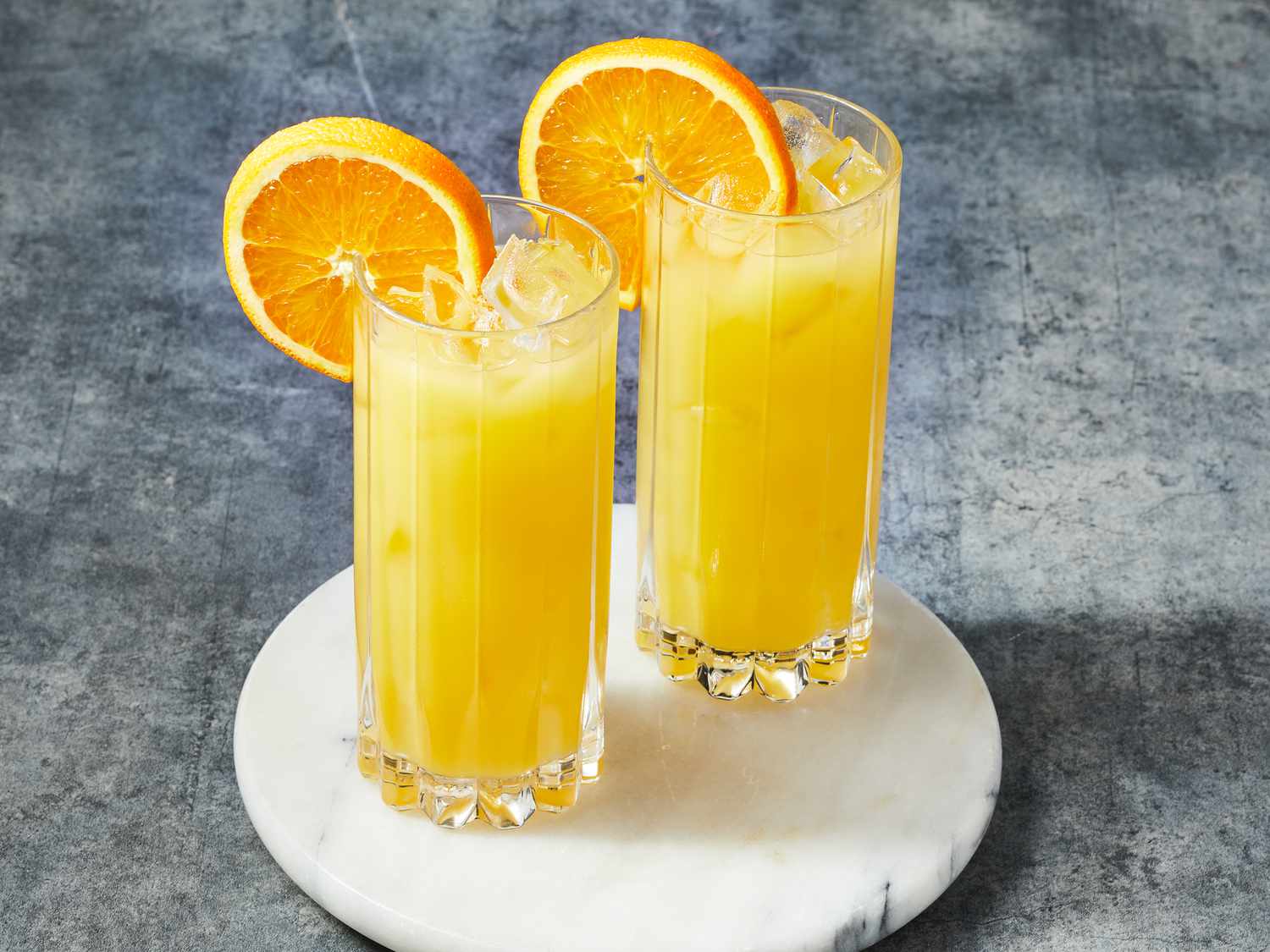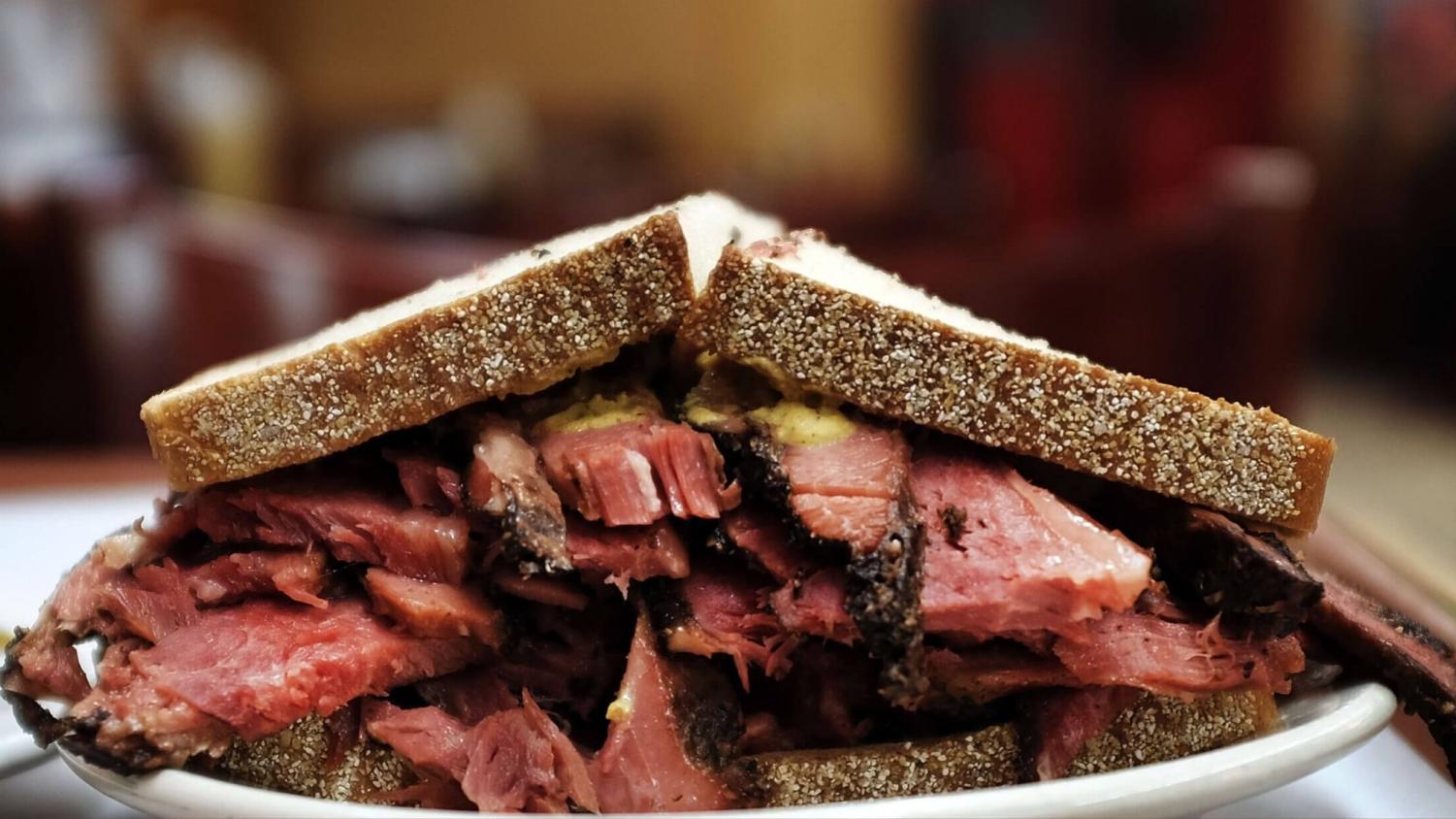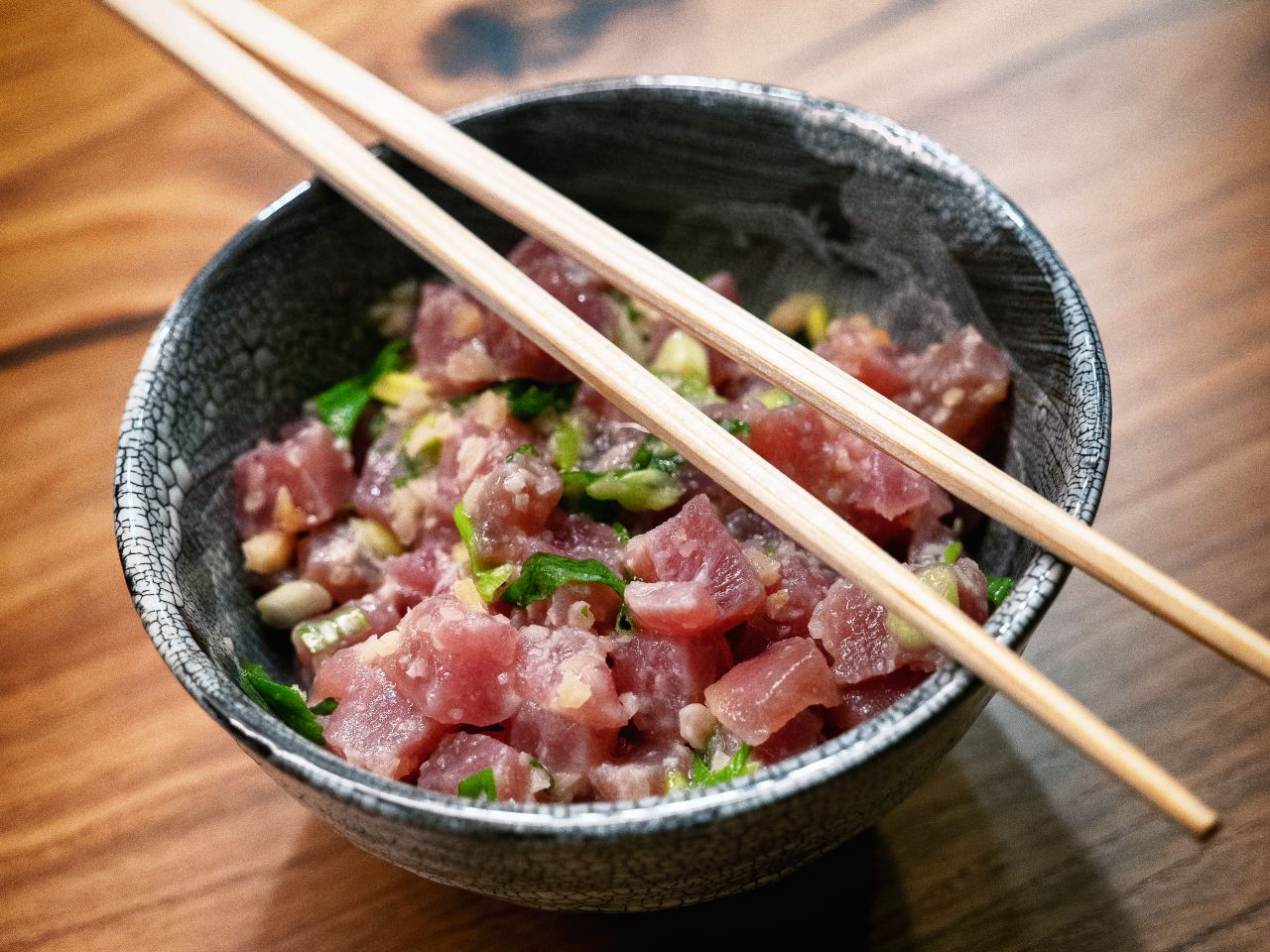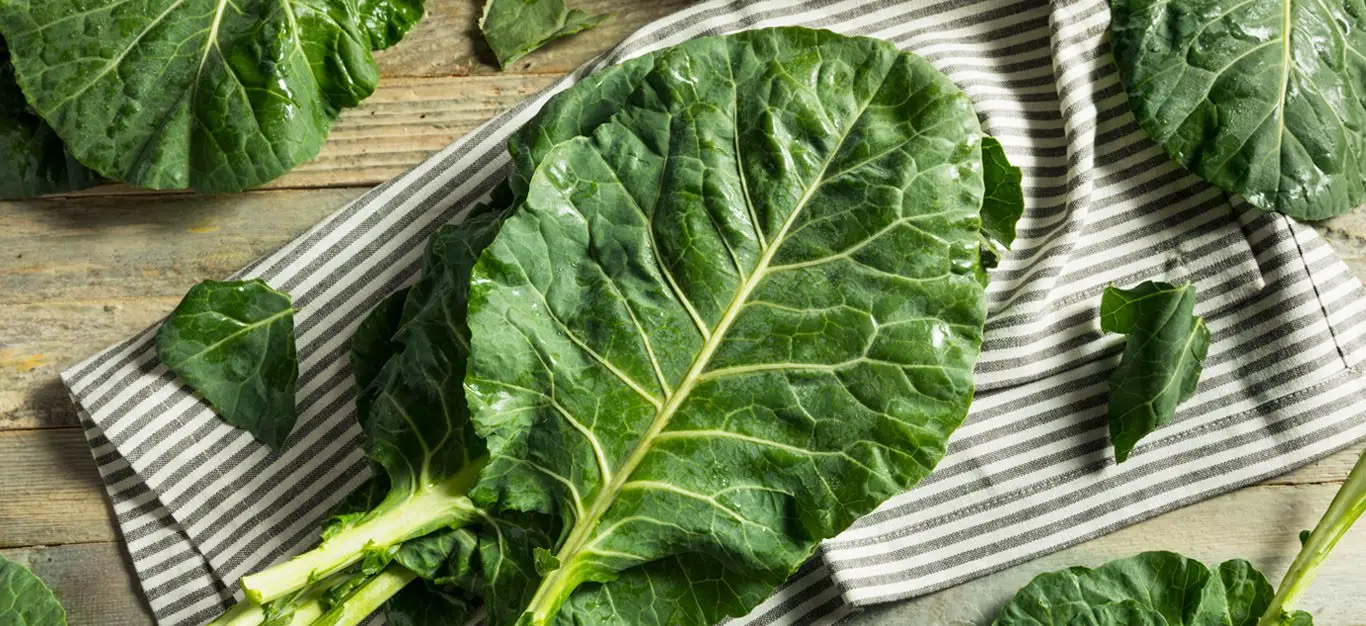Understanding White Syrup
White syrup is a sweet, viscous liquid that is commonly used in a variety of culinary applications. It is often used as a sweetener in baking, cooking, and beverage production. White syrup is made from a combination of sugar, water, and sometimes corn syrup. It is known for its clear, colorless appearance and its ability to add sweetness and moisture to a wide range of dishes.
Uses of White Syrup
White syrup is a versatile ingredient that can be used in a multitude of ways. Some common uses of white syrup include:
- Sweetening baked goods such as cakes, cookies, and pastries
- Creating syrups for pancakes, waffles, and French toast
- Adding sweetness and moisture to beverages such as iced tea and lemonade
- Glazing meats and vegetables to add a sweet and sticky coating
- Enhancing the texture and flavor of homemade ice cream and sorbets
Types of White Syrup
There are different types of white syrup available, each with its own unique characteristics and uses:
- Simple Syrup: This is a basic white syrup made from a 1:1 ratio of sugar and water. It is commonly used in cocktails, iced coffee, and fruit salads.
- Corn Syrup-Based Syrup: This type of white syrup contains a combination of sugar, water, and corn syrup. It is often used in baking and candy making due to its ability to prevent crystallization.
- High-Fructose Corn Syrup: This is a sweetener made from corn starch that has been processed to convert some of its glucose into fructose. It is commonly used in commercial food production.
Health Considerations
While white syrup can add sweetness and flavor to dishes, it is important to consume it in moderation. White syrup is high in sugar and calories, and excessive consumption can contribute to health issues such as obesity and tooth decay. It is always a good idea to be mindful of your intake of sweeteners and to opt for natural sweeteners like honey or maple syrup when possible.
Conclusion
White syrup is a versatile and widely used sweetener that can enhance the flavor and texture of a wide range of dishes. Whether you’re baking a batch of cookies, whipping up a batch of homemade pancakes, or sweetening your favorite beverage, white syrup can be a valuable addition to your kitchen pantry. Just remember to use it in moderation and explore other natural sweetener options for a healthier approach to sweetness.
Was this page helpful?
Read Next: What Is 2.25 Cups

